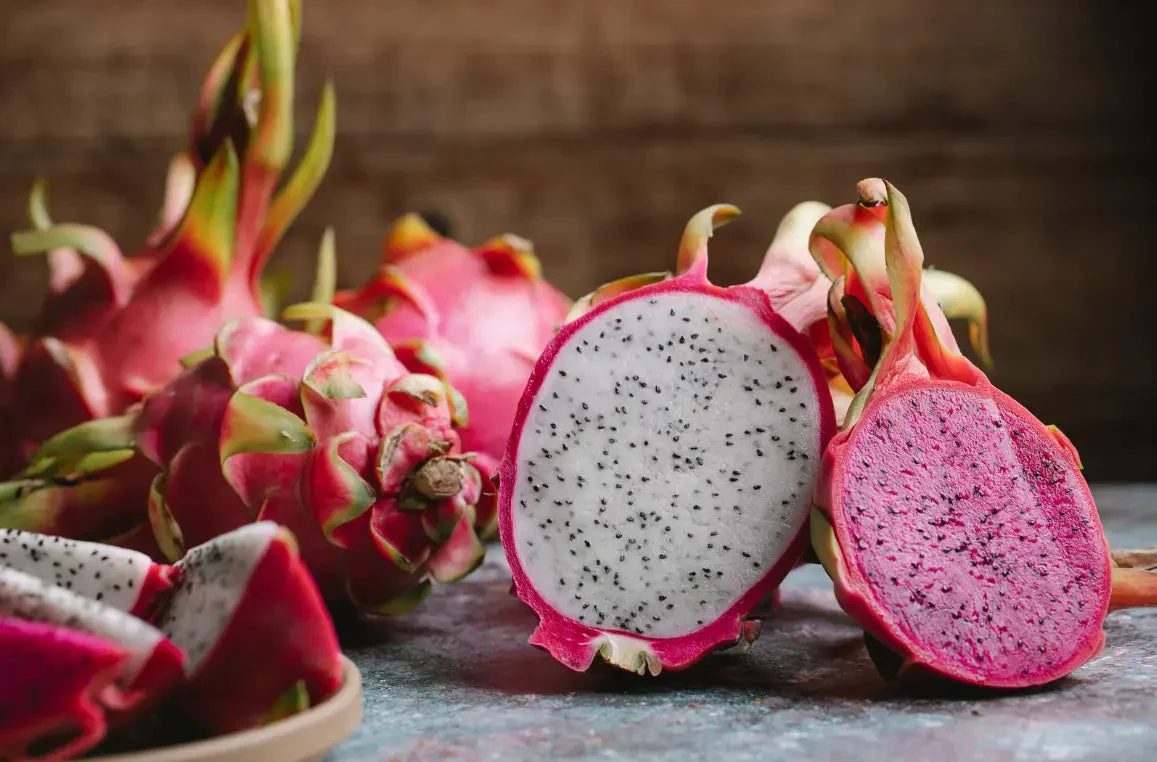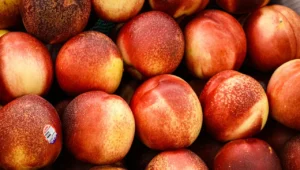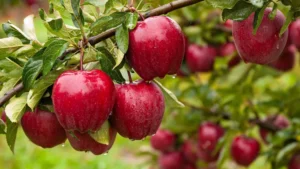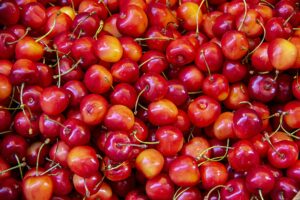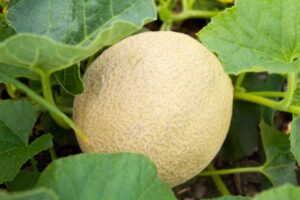How to Grow and Care for Dragon Fruit: A Complete Guide
Dragon fruit (Hylocereus undatus), also known as pitaya, is an exotic cactus fruit that’s as beautiful as it is delicious. With its vibrant pink or white exterior and speckled flesh, this tropical fruit has gained popularity in the US market for its unique appearance and nutritional benefits. Whether you have a spacious garden, a sunny patio for container growing, or even limited indoor space, you can successfully grow your own dragon fruit plants. This guide will walk you through everything you need to know about growing and caring for these fascinating plants.
Understanding Dragon Fruit Basics
Dragon fruit is a climbing cactus native to Central and South America but now cultivated worldwide in tropical and subtropical regions. According to the USDA Agricultural Research Service, the plant has adapted well to various growing conditions in southern states like Florida, California, and Hawaii (https://www.ars.usda.gov/research/publications/publication/?seqNo115=353858).
Before diving into cultivation methods, it’s helpful to understand the different varieties available to US growers:
| Variety | Skin Color | Flesh Color | Flavor Profile | Best Growing Zones |
|---|---|---|---|---|
| White Dragon Fruit (Hylocereus undatus) | Red/Pink | White | Mildly sweet | 9-11 |
| Red Dragon Fruit (Hylocereus polyrhizus) | Red/Pink | Red/Purple | Sweeter, more intense | 10-11 |
| Yellow Dragon Fruit (Selenicereus megalanthus) | Yellow | White | Sweetest variety | 10-11 |
| Physical Graffiti (Hylocereus guatemalensis) | Pink | Red | Sweet-tart | 9-11 |
| American Beauty (Hylocereus hybrid) | Red | Red | Sweet, floral notes | 9-11 |
Growing Dragon Fruit from Seeds
Starting dragon fruit from seeds requires patience but can be rewarding. Here’s how to do it:
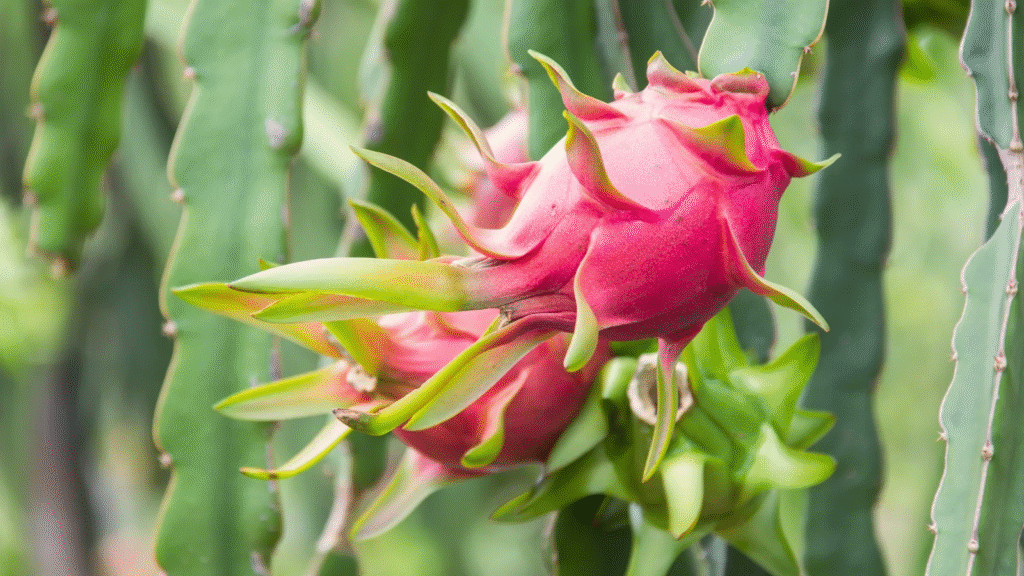
Seed Preparation and Germination
- Obtain seeds: Extract seeds from a ripe dragon fruit. Wash them gently to remove any fruit pulp and dry them on a paper towel for 1-2 days.
- Prepare growing medium: Fill a seed tray or small pots with a well-draining cactus mix or create your own by combining equal parts potting soil, perlite, and sand.
- Plant seeds: Sprinkle seeds on the surface of the soil and cover very lightly with a thin layer of soil. The seeds need light to germinate.
- Create humidity: Cover the tray with plastic wrap or a dome to create a greenhouse effect. Place in a warm location with bright, indirect light.
- Maintain moisture: Keep the soil consistently moist but not waterlogged. Use a spray bottle for gentle watering.
- Watch for germination: Seeds typically germinate within 2-4 weeks if conditions are right. You’ll see tiny green sprouts emerging from the soil.
Caring for Seedlings
Once your seeds have germinated, they’ll need special care to develop into healthy plants:
- Remove covering: When seedlings appear, remove the plastic covering but maintain high humidity around the plants.
- Light requirements: Provide bright, indirect light. Direct sunlight can scorch young seedlings.
- Watering: Keep the soil lightly moist, allowing the surface to dry slightly between waterings.
- Transplanting: When seedlings reach about 2-3 inches tall and have developed several true spines, transplant them into individual 4-inch pots.
- Patience: Bear in mind that plants grown from seed may take 5-7 years to produce fruit.
Growing Dragon Fruit from Cuttings
For faster results, propagating dragon fruit from cuttings is the preferred method:
Selecting and Preparing Cuttings
- Choose healthy segments: Select mature, healthy stem segments that are at least 6-12 inches long.
- Curing the cutting: Allow the cut end to callus over by leaving it in a dry, shaded area for 5-7 days. This prevents rotting when planted.
- Preparing for planting: Once callused, the cutting is ready for planting.
Planting Cuttings
- Soil preparation: Use a well-draining cactus mix in a pot with drainage holes.
- Positioning: Insert the cutting about 2-3 inches deep into the soil. If it’s unstable, use stakes for support.
- Initial care: Place in bright, indirect light and water sparingly until new growth appears, typically within 2-4 weeks.
Container Growing for Dragon Fruit
If you’re limited on space or live in a colder climate, growing dragon fruit in containers is an excellent option:
Container Selection and Setup
- Choose the right container: Select a large pot (at least 10 gallons or 24 inches in diameter) with good drainage holes.
- Support structure: Install a strong trellis, stake, or support structure as dragon fruit is a climbing cactus that needs support.
- Soil mixture: Use a mixture of 60% cactus potting soil, 20% perlite, and 20% compost for excellent drainage and nutrition.
Container Care Requirements
- Watering: Allow the top 1-2 inches of soil to dry between waterings. During active growth, water more frequently.
- Fertilizing: Apply a balanced, low-nitrogen fertilizer (like 10-10-10) monthly during the growing season.
- Location: Place your container where it will receive 6-8 hours of sunlight daily. South-facing exposure is ideal in the US.
- Winter protection: If temperatures drop below 40°F, move containers indoors or to a protected area.
Growing Dragon Fruit in the Garden
For those in USDA zones 10-11, dragon fruit can thrive as a permanent garden addition:
Site Selection and Preparation
- Choose the right location: Select a spot with well-draining soil and full sun to partial shade.
- Support structure: Install a sturdy trellis, pergola, or pole for the plant to climb.
- Soil preparation: Amend your garden soil with perlite, sand, and compost to improve drainage if needed. Dragon fruit prefers slightly acidic to neutral pH (6.0-7.0).
Planting in the Garden
- Spacing: Plant dragon fruit 15-20 feet apart if growing multiple plants.
- Planting depth: Plant at the same depth as the container it came in or place cuttings 2-3 inches deep.
- Initial care: Water thoroughly after planting, then reduce frequency to allow soil to dry between waterings.
Year-Round Dragon Fruit Care
Watering Requirements
Dragon fruit’s watering needs change with the seasons:
- Spring and summer: Water when the top 1-2 inches of soil is dry, typically every 5-7 days.
- Fall and winter: Reduce watering significantly to once every 2-3 weeks.
- Signs of overwatering: Yellowing stems or stem rot indicate too much water.
Fertilization Schedule
- Young plants: Apply a balanced fertilizer (8-8-8) every 2 months during the growing season.
- Mature plants: Switch to a fertilizer higher in phosphorus and potassium (like 3-10-10) to encourage flowering and fruiting.
- Application method: Apply fertilizer in a ring around the plant, avoiding direct contact with the stems.
The USDA Plant Hardiness Zone Map can help you determine if your region is suitable for outdoor dragon fruit cultivation: https://planthardiness.ars.usda.gov/
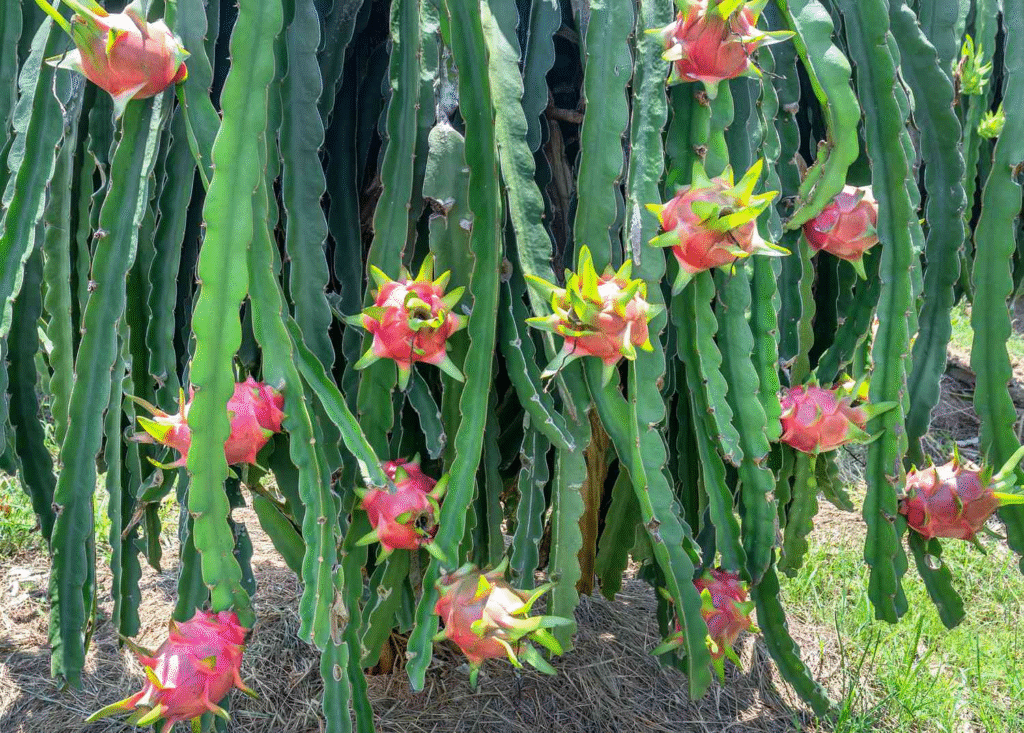
Pruning and Training
- Structural pruning: Prune to maintain a manageable size and encourage branching once the main stem reaches the top of your support structure.
- Maintenance pruning: Remove damaged, diseased, or overcrowded stems to improve air circulation.
- Timing: Best done after fruit harvest or during the dormant winter period.
Managing Pests and Diseases
Dragon fruit is relatively resistant to pests and diseases, but you may encounter:
Common Pests
- Aphids: Treat with insecticidal soap or a strong stream of water.
- Mealybugs: Remove with alcohol-soaked cotton swabs or insecticidal soap.
- Ants: Use ant baits around the growing area but not directly on plants.
Disease Prevention
- Root rot: Prevent by ensuring proper drainage and avoiding overwatering.
- Sunburn: Provide shade during extreme heat, especially for young plants.
- Fungal infections: Maintain good air circulation and avoid overhead watering.
Flowering and Fruit Production
Dragon fruit flowers are spectacular night-bloomers that only last for one night:
Encouraging Flowering
- Light exposure: Ensure plants receive at least 6-8 hours of sunlight daily.
- Age factor: Plants typically begin flowering when they’re 1-2 years old if grown from cuttings.
- Seasonal timing: In the US, flowering usually occurs from June through October.
Pollination
- Natural pollination: In their native habitat, bats and moths pollinate dragon fruit flowers.
- Hand pollination: Since these natural pollinators may not be present in your garden, hand-pollinate by transferring pollen from the anthers to the stigma using a small paintbrush.
Fruit Development
- Time to maturity: Fruits typically develop 30-50 days after successful pollination.
- Harvesting indicators: Fruit is ready to harvest when the skin turns bright pink or red (depending on variety) and has a slight give when gently squeezed.
Harvesting and Enjoying Your Dragon Fruit

Harvesting Techniques
- Timing: Harvest in the morning when temperatures are cooler.
- Method: Use clean, sharp scissors or pruning shears to cut the fruit from the stem.
- Post-harvest: Handle carefully to avoid damaging the delicate skin.
Storing and Using Dragon Fruit
- Short-term storage: Ripe dragon fruit will keep at room temperature for 2-3 days or in the refrigerator for up to 2 weeks.
- Freezing: Cut into cubes and freeze for smoothies and desserts.
- Culinary uses: Enjoy fresh, add to fruit salads, blend into smoothies, use in sorbets, or as a colorful garnish for desserts.
Conclusion
Growing dragon fruit can be a rewarding experience that brings a touch of the exotic to your garden or home. With proper care and patience, you’ll be harvesting your own beautiful, nutritious fruits. Whether you choose to start from seeds, cuttings, or purchase established plants, the striking appearance and delicious taste of home-grown dragon fruit make it well worth the effort.
Remember that your specific climate and growing conditions will influence your approach, so don’t hesitate to adapt these guidelines to suit your particular situation. With its increasing popularity in the US market, dragon fruit is not just a beautiful addition to your garden but potentially a valuable crop for small-scale growers looking to supply local markets with this sought-after superfruit.
